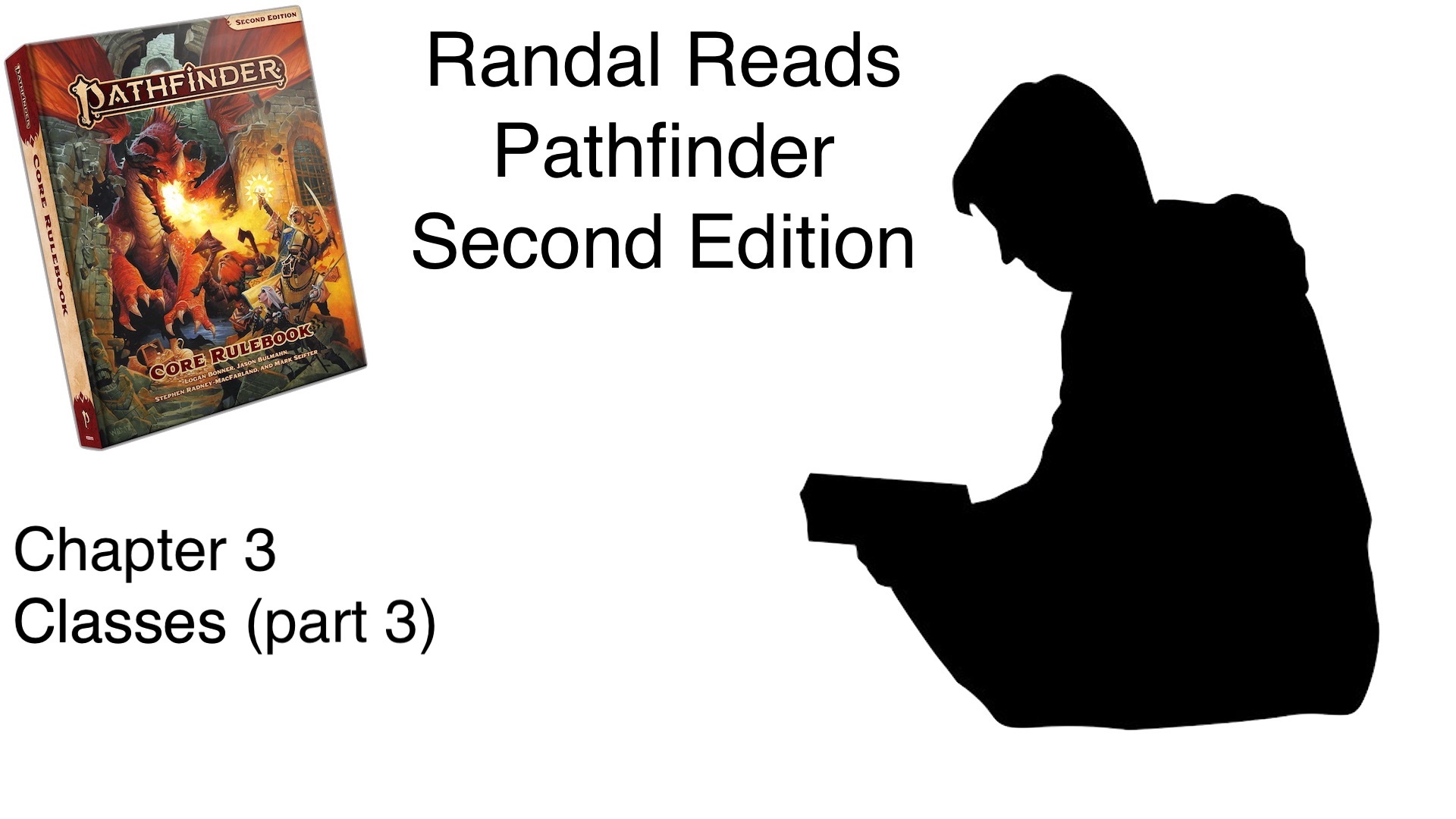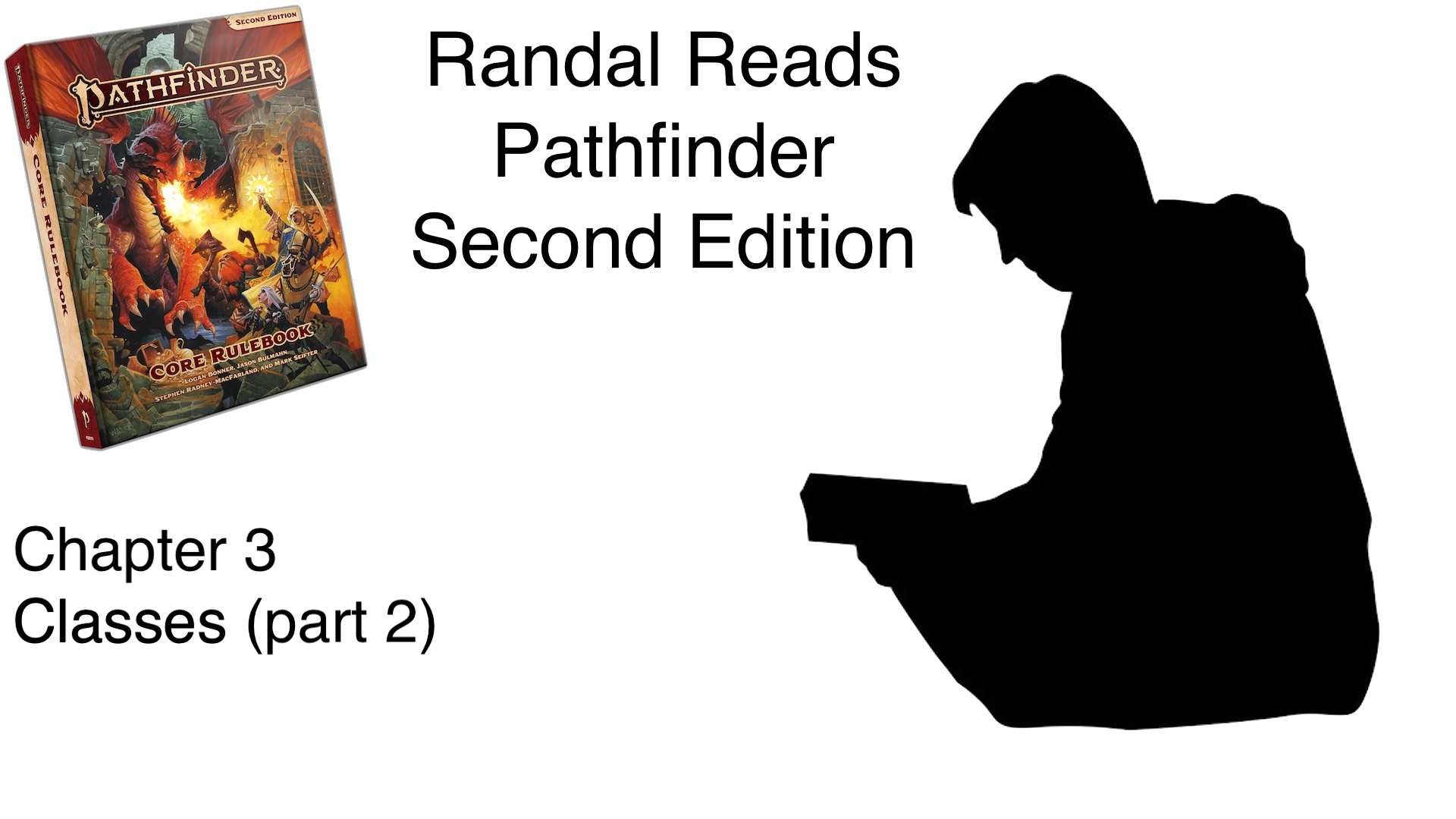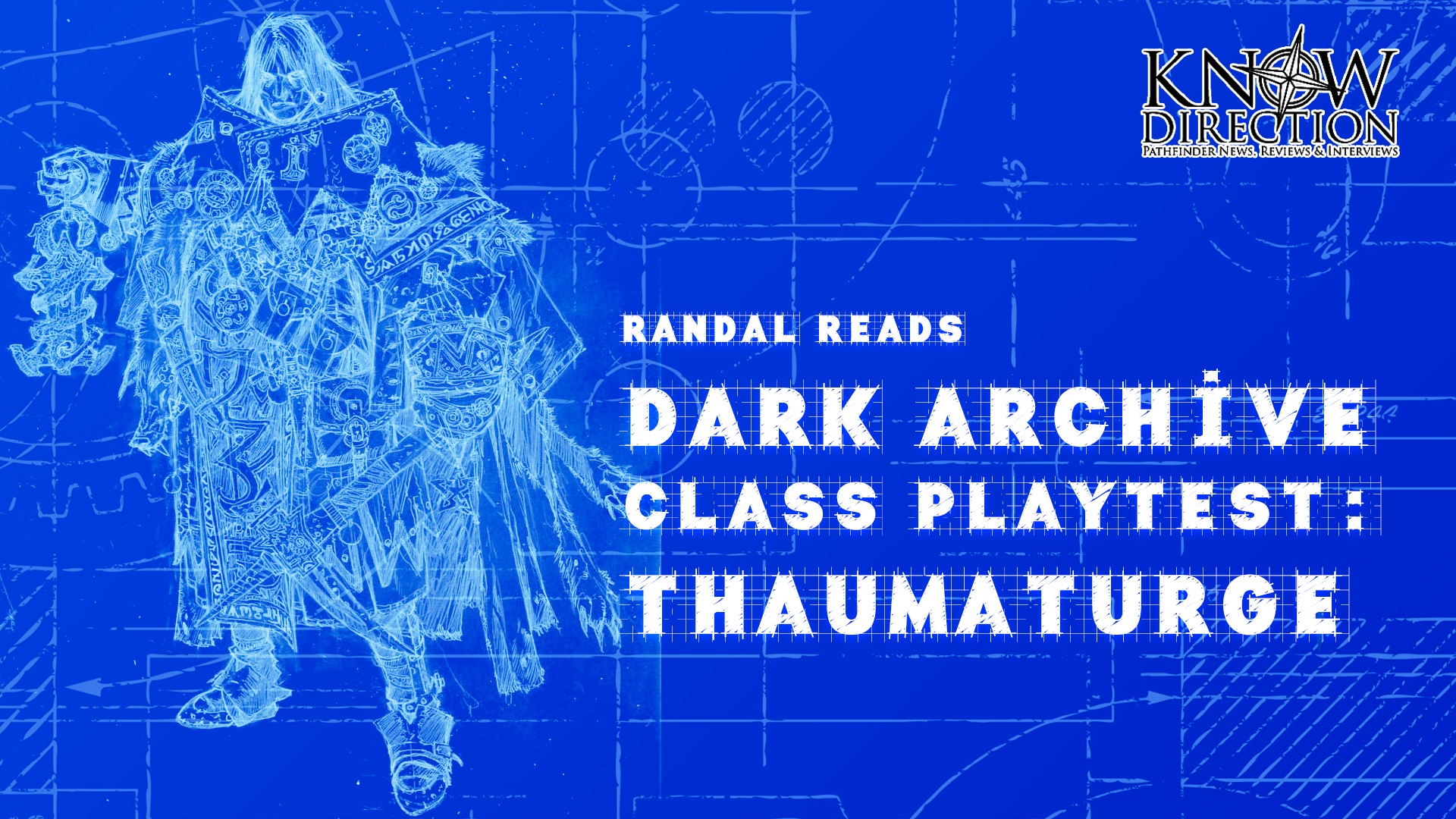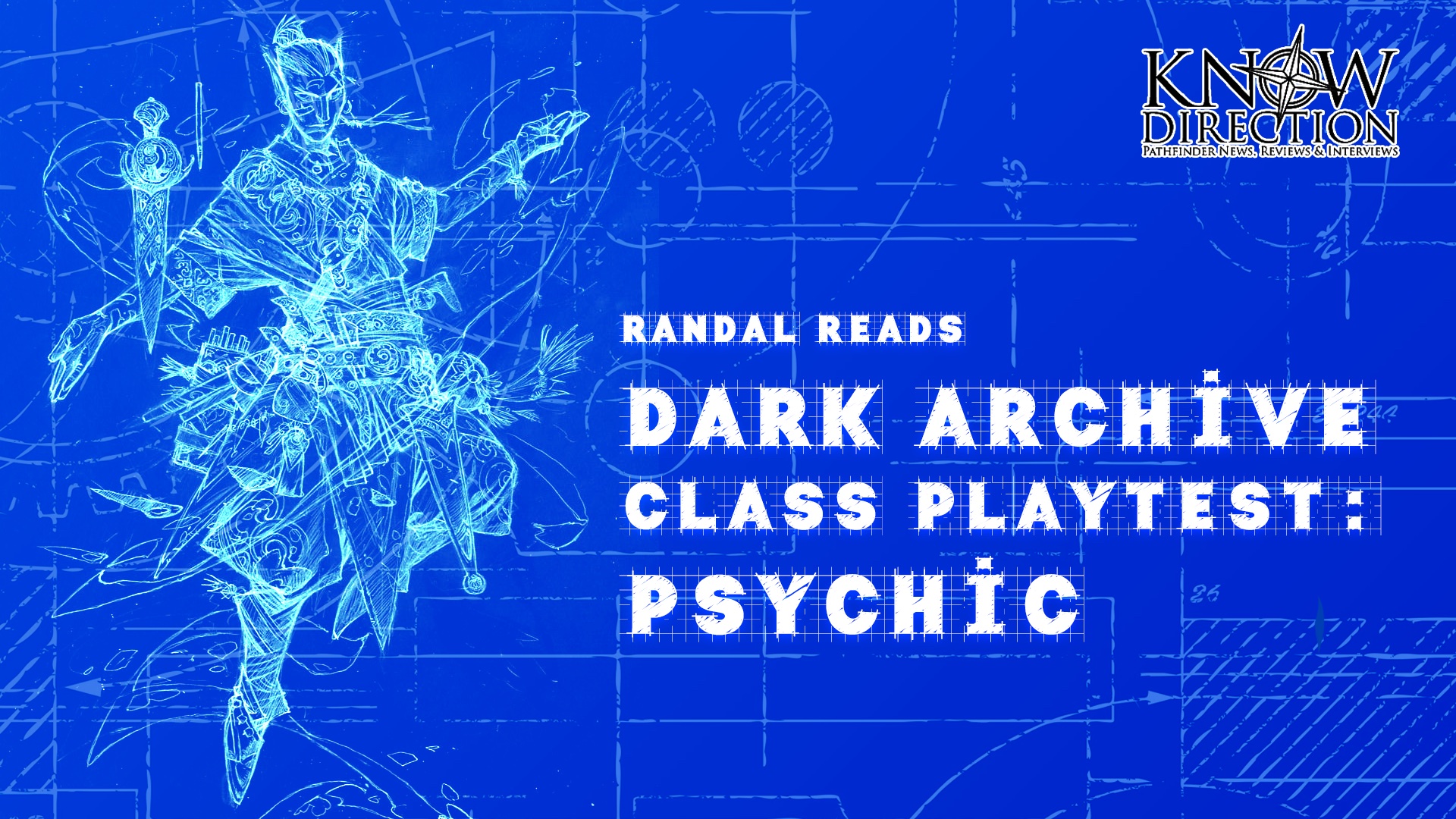Hello, and welcome to a special review of Pathfinder Second Edition. With most of the Know Direction team at Gen Con 2019, gluttonously consuming second edition in all its glory, most of our blogs are on hiatus. I, Randal, writer of Groundbreaking and Terraforming, am here to fill that void with a chapter by chapter review of the new core rulebook. This review is intended to simply be my take on the material as I read it, as first thoughts and impressions, and not a hard comparison of changes from first edition.
Chapter 3 – Classes (part 3)
Fighter
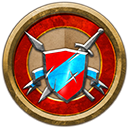 Attack of Opportunity, Shield Block, Bravery, Weapon Mastery, Armor Mastery … check, check, check, check, and check. Paths? Who needs em. The fighter is all feats, all the time. Multiweapon fighting, archery, parrying, he’s got it all. The Flourish, Open, Press, and Stance feat traits are going to make so many different tactics and combos viable and actually meaningful. I look forward to seeing what types of brawl style attack combos we end up with after a few more books are added. Sudden Leap is here, too, so it looks like my first fighter is going to be a spear/lance fighter wishing to be a Dragoon.
Attack of Opportunity, Shield Block, Bravery, Weapon Mastery, Armor Mastery … check, check, check, check, and check. Paths? Who needs em. The fighter is all feats, all the time. Multiweapon fighting, archery, parrying, he’s got it all. The Flourish, Open, Press, and Stance feat traits are going to make so many different tactics and combos viable and actually meaningful. I look forward to seeing what types of brawl style attack combos we end up with after a few more books are added. Sudden Leap is here, too, so it looks like my first fighter is going to be a spear/lance fighter wishing to be a Dragoon.
Monk
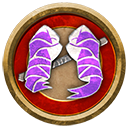 After seeing how well the new fighter worked with just a bunch of feat choices, as well as how the previous classes did a good job of making features into feats, I began to think that perhaps Monk could have just been feat options for a fighter. They are both Str/Dex and 10 HP, after all. But the flavor of the Monk is still that of the monk we are all used to and the feats all *feel* different than standard fighter feats. The focus on styles (by way of stances) kick that flavor in high gear. The addition of “incapacitating” feats, even with only one feat (Sleeper Hold) has me eager to see what more can and will be done with the Monk. Playing this class (for me) feels like mood will alter the flavor I want play or build, and with many feat names just so evocative of a classic move, I can’t narrow down any specific build options for my first monk. I might build something ki heavy, as I think monk might challenge Bard when it comes to using Focus Points and I wanna see that play out.
After seeing how well the new fighter worked with just a bunch of feat choices, as well as how the previous classes did a good job of making features into feats, I began to think that perhaps Monk could have just been feat options for a fighter. They are both Str/Dex and 10 HP, after all. But the flavor of the Monk is still that of the monk we are all used to and the feats all *feel* different than standard fighter feats. The focus on styles (by way of stances) kick that flavor in high gear. The addition of “incapacitating” feats, even with only one feat (Sleeper Hold) has me eager to see what more can and will be done with the Monk. Playing this class (for me) feels like mood will alter the flavor I want play or build, and with many feat names just so evocative of a classic move, I can’t narrow down any specific build options for my first monk. I might build something ki heavy, as I think monk might challenge Bard when it comes to using Focus Points and I wanna see that play out.
Ranger
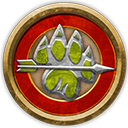 Hunter’s edge is a nice way to provide a defining choice (Flurry, Precision, Outwit) for your build to add some core flavor. All the things I have enjoyed about playing a ranger are here, in feat form: fighting style, animal companion, favored terrain, traps, and tracking. I know a lot of people are upset at the loss of spells, but I personally didn’t care for (and would often trade away) the spells, so I am happy for this change. This ranger is more slayer than 1e ranger and I think that is a good way to give it some space/distance from druid. I see myself building a classic archer ranger with an animal companion, perhaps a bounty hunter.
Hunter’s edge is a nice way to provide a defining choice (Flurry, Precision, Outwit) for your build to add some core flavor. All the things I have enjoyed about playing a ranger are here, in feat form: fighting style, animal companion, favored terrain, traps, and tracking. I know a lot of people are upset at the loss of spells, but I personally didn’t care for (and would often trade away) the spells, so I am happy for this change. This ranger is more slayer than 1e ranger and I think that is a good way to give it some space/distance from druid. I see myself building a classic archer ranger with an animal companion, perhaps a bounty hunter.
Rogue
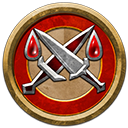 A Ruffian, a Scoundrel, and a Thief walk into a bar … and are arrested for “Racket”eering! Yeah, yeah, not quitting the day job. All rogues, all with completely different flavor. Again, flourish feats opening up design space and making encounters fun and mobile; Skirmish Strike keeps you on the move with plenty of actions to attack and Spring from the Shadows lets you hide without getting stepped on. Debilitations are a great way to customize the feel of your rogue by way of negative status effects on the enemies. Traps, poisons, acrobatics, interacting with magic, all the things I enjoyed doing are still here, and more. I played Tony (a 2e rogue in a game run by our own Luis Loza at PaizoCon 2019) like a ruffian that saw himself a thief, but I can’t remember what his build was. I really look forward to playing the ultimate cat burglar. I also think this rogue is the perfect place to finally share some home brew material I have been using for almost 2 decades … the design space is perfect for it.
A Ruffian, a Scoundrel, and a Thief walk into a bar … and are arrested for “Racket”eering! Yeah, yeah, not quitting the day job. All rogues, all with completely different flavor. Again, flourish feats opening up design space and making encounters fun and mobile; Skirmish Strike keeps you on the move with plenty of actions to attack and Spring from the Shadows lets you hide without getting stepped on. Debilitations are a great way to customize the feel of your rogue by way of negative status effects on the enemies. Traps, poisons, acrobatics, interacting with magic, all the things I enjoyed doing are still here, and more. I played Tony (a 2e rogue in a game run by our own Luis Loza at PaizoCon 2019) like a ruffian that saw himself a thief, but I can’t remember what his build was. I really look forward to playing the ultimate cat burglar. I also think this rogue is the perfect place to finally share some home brew material I have been using for almost 2 decades … the design space is perfect for it.
Sorcerer
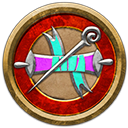 I still can’t get over how simple, yet profoundly game changing, the idea to make different bloodlines cast from different traditions is. Want a 2e witch but can’t wait? Hag bloodline (occult). Want to pretend to be a wizard? Imperial bloodline (arcane). White mage? Angelic bloodline (divine). Other bloodlines include Aberrant (occult), Demonic (divine), Diabolic (divine), Draconic (arcane), Elemental (primal), Fey (primal), and Undead (divine). Arcane Evolution is also such a neat and simple way to expand a sorcerer’s utility without breaking the class. For that matter, each evolution feat (there is one for each tradition at 4th level) nicely shows off the differences that a tradition makes in a sorcerer. While bloodline is certainly core to your build, you can choose to ignore it entirely and simply focus on your familiar and metamagics, should you wish. I love casters, and this has a lot of replayability. My first PC will be a rehash of one I used in a couple of the Playtest scenarios: NibNok, Goblin Scholar Imperial Sorcerer … pretending to be an educated wizard so that people will treat him better than he thinks they would normally treat a savage goblin sorcerer.
I still can’t get over how simple, yet profoundly game changing, the idea to make different bloodlines cast from different traditions is. Want a 2e witch but can’t wait? Hag bloodline (occult). Want to pretend to be a wizard? Imperial bloodline (arcane). White mage? Angelic bloodline (divine). Other bloodlines include Aberrant (occult), Demonic (divine), Diabolic (divine), Draconic (arcane), Elemental (primal), Fey (primal), and Undead (divine). Arcane Evolution is also such a neat and simple way to expand a sorcerer’s utility without breaking the class. For that matter, each evolution feat (there is one for each tradition at 4th level) nicely shows off the differences that a tradition makes in a sorcerer. While bloodline is certainly core to your build, you can choose to ignore it entirely and simply focus on your familiar and metamagics, should you wish. I love casters, and this has a lot of replayability. My first PC will be a rehash of one I used in a couple of the Playtest scenarios: NibNok, Goblin Scholar Imperial Sorcerer … pretending to be an educated wizard so that people will treat him better than he thinks they would normally treat a savage goblin sorcerer.
Tune in tomorrow for Chapter 3 – Classes (part 4)!

